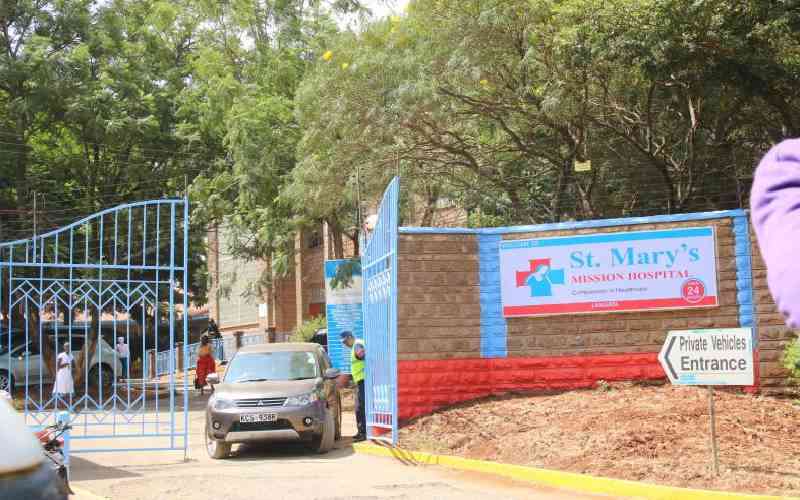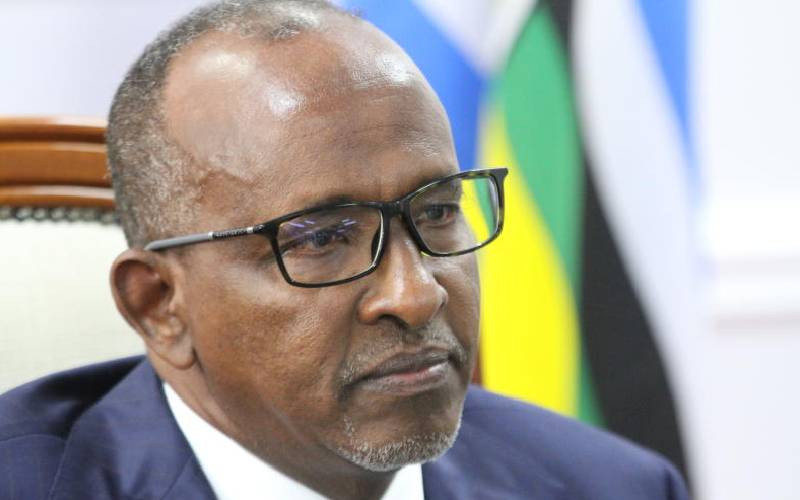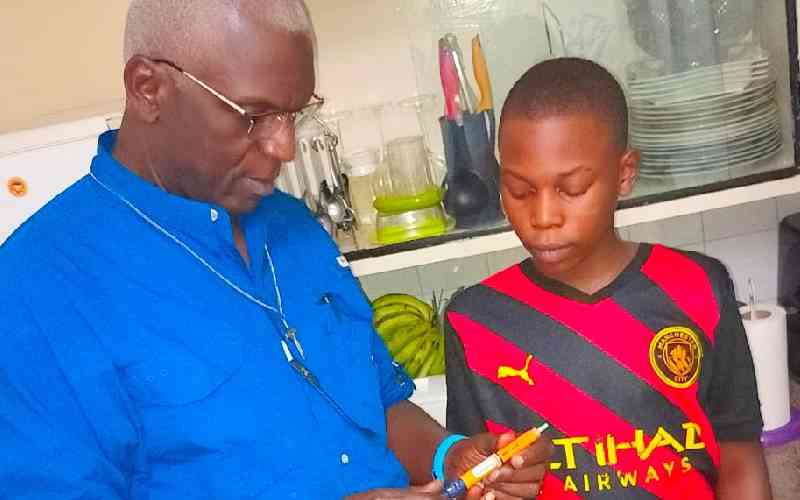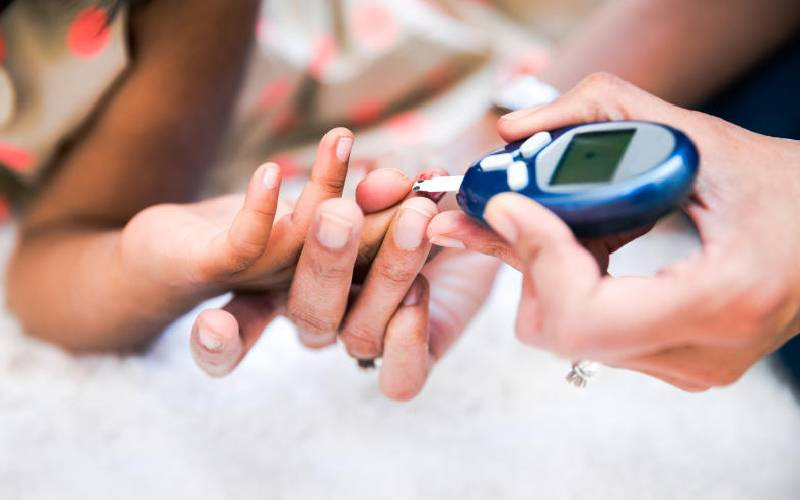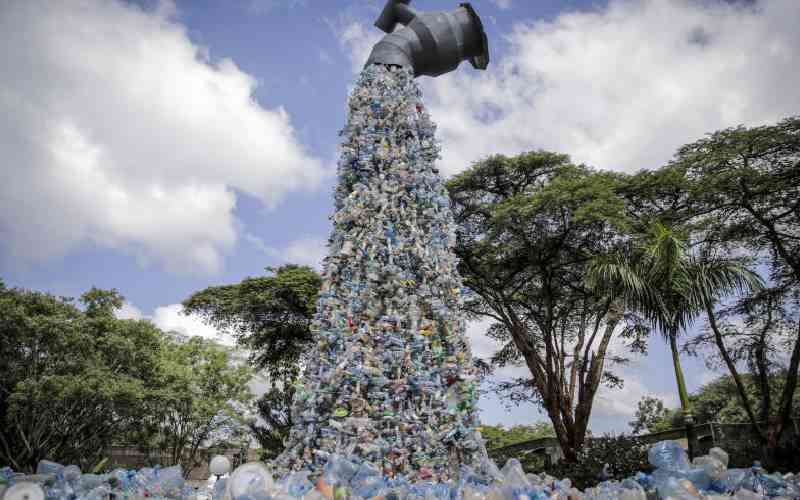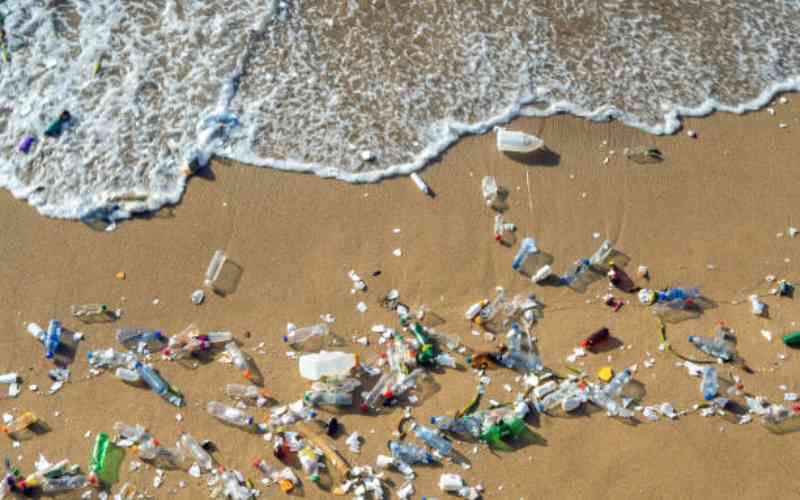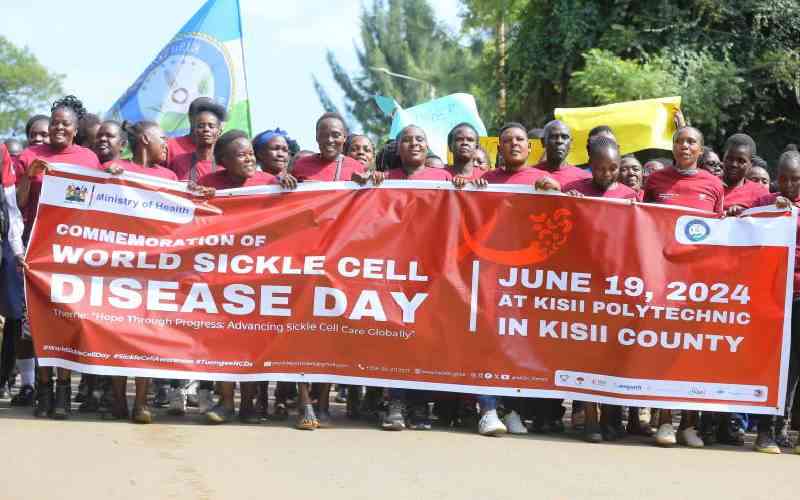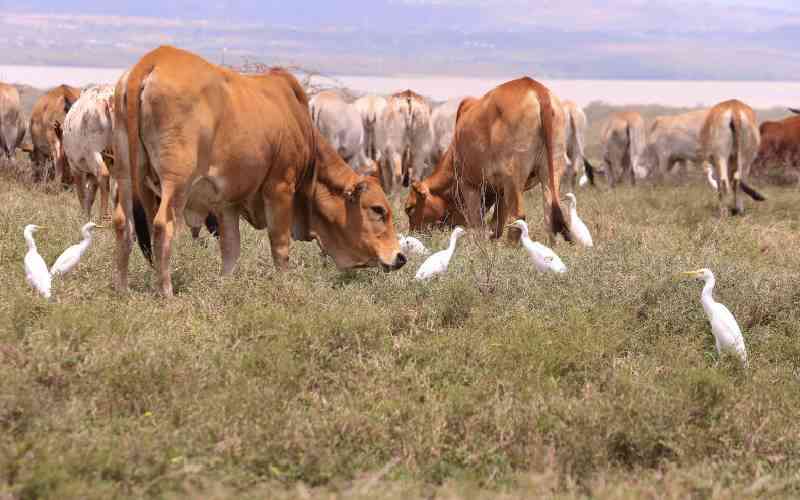
One thing that’s increasingly evident is that the climate is changing, temperatures are rising, weather patterns are becoming more unpredictable, and extreme events like droughts and floods are more frequent.
These changes are already having significant effects on agriculture, especially livestock farming.
In dairy production, rising temperatures reduce feed availability, stress animals, and create favourable conditions for new and emerging diseases. Heat stress in dairy cows can lead to lower milk yields, reduced fertility, and overall decreased productivity. These impacts threaten the sustainability and profitability of dairy farming.
However, dairy cows produce methane through their natural digestive processes, making them a significant source of agricultural greenhouse gas emissions, and a contributor to climate change.
It is against this backdrop that a new initiative titled, Accelerating Reduced Emissions in Indigenous Breeds in Africa, has been launched by the International Livestock Research Institute (ILRI), with funding from the Bezos Earth Fund and the Global Methane Hub.
This three-year project, valued at Sh432.7 million (US$3.35 million) and part of the Global Methane Genetics Initiative, aims to leverage advanced scientific techniques to support African countries breed cattle that produce less methane emissions.
Raphael Mrode, Principal Investigator at ILRI, says the project focuses on identifying cows with high and low methane emissions-some cows naturally emit more than others due to their genetic makeup.
- Eat to live: How your plate could save the planet
- Report: Data-driven action key in reducing methane emissions
- Land acquisition deals for carbon credits raise transparency concern, report warns
- State moves to reform radioactive waste care policies
Keep Reading
“To measure methane emissions, we’re using two devices. One is a laser methane detector, similar to the temperature scanners used during Covid-19. You point it at the cow’s nose, and it measures methane levels,” Mrode explains during the launch of the Global Methane Initiative at ILRI, Nairobi.
He further explains, once data is collected to identify which cows produce higher or lower levels of methane, researchers can selectively breed using those animals that emit less methane. “This way, the cow’s contribution to climate change is reduced,” he says.
Secondly, Mrode says the project also aims at improving productivity-milk production or growth rate. So while measuring methane, they also collect data on milk yield and body measurements, and combine all of this into a single index.
He explains, “This single figure combines body weight, milk production, and methane emission potential. It helps us identify cows that are both productive and climate-friendly.”
With this information, farmers are empowered to make informed decisions, and choose cows that will bring them more profit without harming the environment.
Andy Jarvis, Director of the Future of Food at the Bezos Earth Fund explains that by improving indigenous livestock, the initiative aims to reduce emissions while strengthening productivity, food security, and climate resilience for millions of smallholder farmers across the continent.
“Reducing methane from cattle is one of the most elegant solutions we have to slow climate change,” Jarvis says, adding, “Thanks to collaboration with the Global Methane Hub, we’re backing an effort that uses age-old selection practices to identify and promote naturally low-emitting cattle, locking in climate benefits for generations to come.”
Livestock in Africa account for 18 percent of global livestock methane emissions, with cattle alone responsible for 70 percent of emissions in Sub-Saharan Africa. Without intervention, these emissions could triple by 2050.
By tapping into the genetic diversity of indigenous breeds and applying cutting-edge science, the initiative will help Africa contribute to global climate goals, including the 1.5 degrees Celsius warming target.
The initiative involves measuring methane from 3,000 cows and production traits in five African countries using advanced laser detectors, and mobile apps, linked to existing data on 9,000 cows.
These climate-smart cattle are being introduced into national breeding programs across Kenya, Ethiopia, South Africa, Burkina Faso, and Benin-helping farmers adapt to climate change while reducing emissions.
Mrode says they will build local capacity by recruiting and training technicians, strengthening national breeding centres and publishing bull and cow rankings accessible to farmers.
In Kenya, the project will be implemented in three counties, Nyandarua, Nandi and Nakuru. “We’ve already collected data on milk production, growth rates, and health in Nandi and Nakuru. But we haven’t collected methane data yet,” Mrode says.
Appolinaire Djikeng, Director General of ILRI, says the institute is working to identify animals that emit lower levels of greenhouse gases.
“The challenge we face is a productivity gap, where farmers are often using more animals to produce less. Through this project, we aim to bring more efficiency into livestock systems,” he says.
Appolinaire explains, instead of maintaining ten cows to achieve the same output that five efficient cows could provide, the initiative helps farmers reduce herd size while boosting productivity. This approach lowers input costs and increases profit margins.
He adds that the initiative specifically targets smallholder farmers, who make up approximately 70–80 percent of all livestock producers.
The project is about supporting small-scale producers with innovations that are practical, science-based, and climate-smart.
“When we talk about improving breeds, producing more with less, we’re not referring to gene editing or genetic modification. Instead, we focus on genetic improvement through better data collection. By collecting the right data, we can identify or even predict which animals will perform best in specific production systems,” Appolinaire explains.
Expected impact
The initiative aims to achieve a 12 percent reduction in livestock methane emissions over the next 20 years by implementing an annual 0.6 percent direct reduction at the population level, using bulls and cows selectively bred for low methane emissions.
In addition to emission reductions, improvements in productivity are expected to lower methane emissions per kilogram of milk by approximately 20–25 percent over a five-year period.
The initiative also plans to make genomic data publicly available to support widespread, low-cost breeding improvements. This will enhance access to more productive, climate-resilient livestock for smallholder farmers, particularly women and youth.
The stakeholders say this initiative marks a major step in aligning livestock research with climate action, offering a pathway to permanent and cost-effective methane mitigation while securing the future of African farming communities.
“This work brings together the best of science, industry, and the global breeding community to accelerate genetic improvement for methane efficiency worldwide,” Roel Veerkamp, Professor and leader of the initiative at Wageningen University & Research (WUR).
He adds, “It fits nicely with our mission at WUR to explore the potential of nature to improve the quality of life.”
ILRI will coordinate the Africa-wide effort from Nairobi, Kenya and Addis Ababa, Ethiopia, working with leading partners including the Agricultural Research Council (South Africa), French Agricultural Research Centre for International Development (CIRAD) and The International Centre for Research and Development of Livestock in the subhumid zone, (CIRDES Burkina Faso), and Université d’Abomey-Calavi (Benin).
Partnerships with organizations will ensure dissemination through breeding centres and farmer networks.
 The Standard Group Plc is a multi-media organization with investments in media
platforms spanning newspaper print
operations, television, radio broadcasting, digital and online services. The
Standard Group is recognized as a
leading multi-media house in Kenya with a key influence in matters of national
and international interest.
The Standard Group Plc is a multi-media organization with investments in media
platforms spanning newspaper print
operations, television, radio broadcasting, digital and online services. The
Standard Group is recognized as a
leading multi-media house in Kenya with a key influence in matters of national
and international interest.

